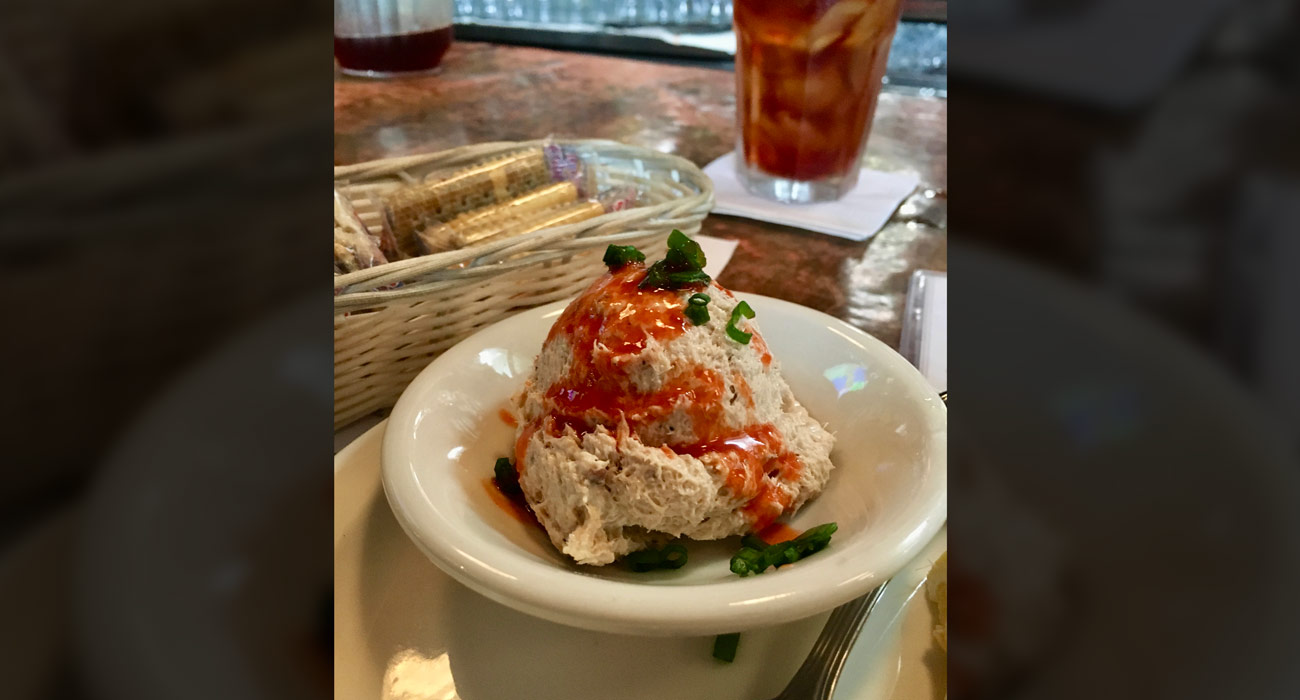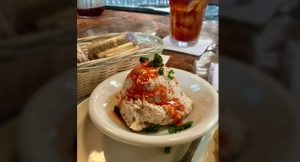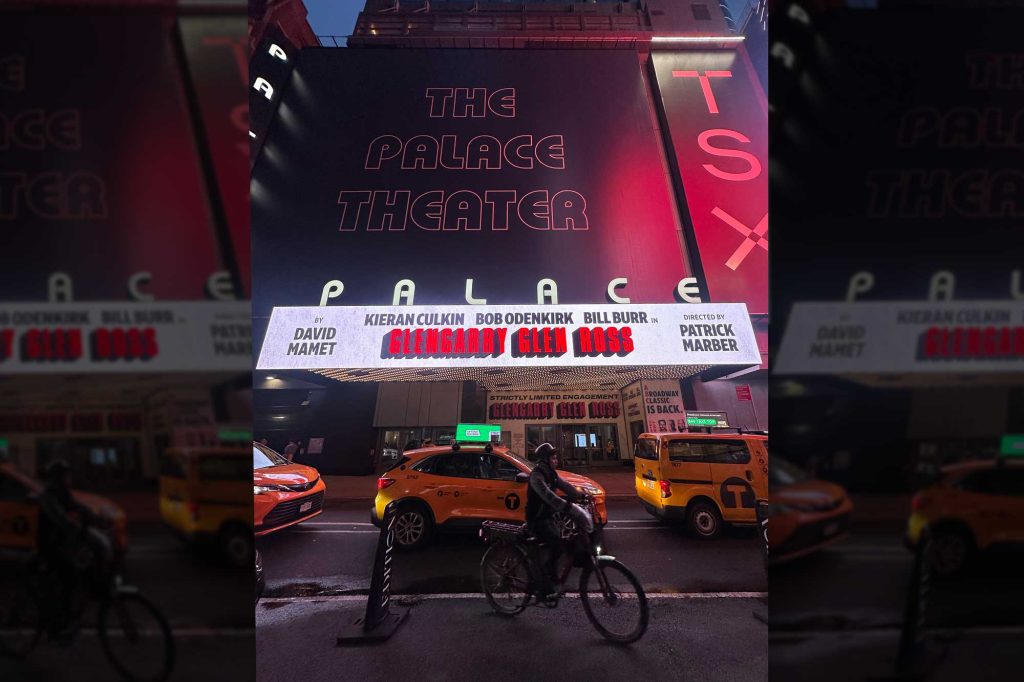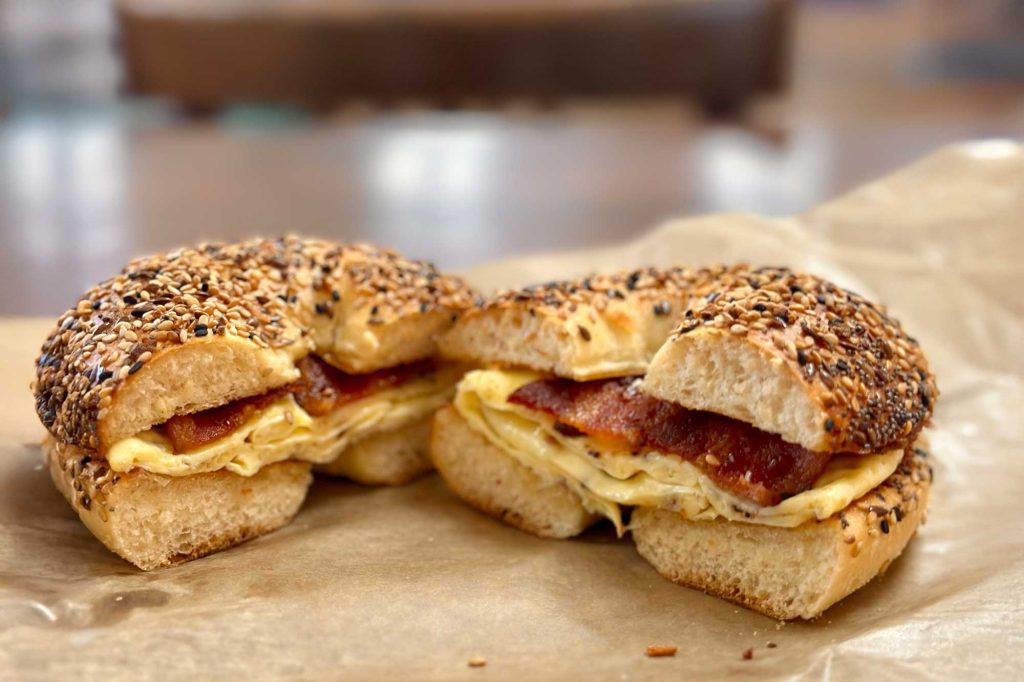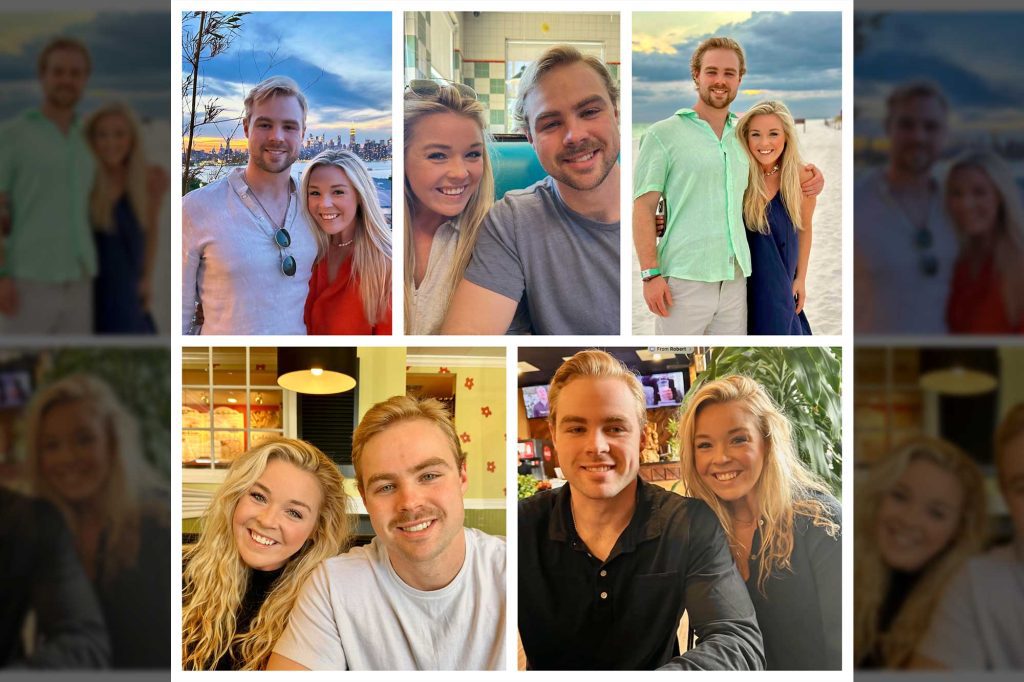WATERCOLOR, FLORIDA— Once a year I bring my wife, our kids, and their friends to the Panhandle of Florida to “vacation” for a week. A longtime reader of this space already knows that I don’t vacation well. I provide food and lodging for the family and enjoy spending long periods of mostly uninterrupted time visiting with them. But I don’t do well at sitting still and relaxing. Never have. Never will. Never wanted to, for that matter.
My time at the beach is— first and foremost— spent with the family and their friends. But it’s a beach. As stated, I don’t vacation well, and I certainly don’t “beach” well. A 6 a.m. quiet walk on the edge of the surf? I’m your guy. Walking down to the beach to admire the sunset then sitting and watching while critiquing the clothing choices of families who are dressed alike for a photo session? Sign me up. But lying on the sand under the blistering sun in 98-degree heat? Not since I was in my twenties.
While the kids and friends are basking in the sun, I spend my days visiting area restaurants, reliving old memories of the days when I lived down here, and catching up on work in a silent and peaceful empty house, free of people tugging me in all different directions as in my typical workday. It’s “catch up time” for me. And with the opening of the bakery having been an all-consuming proposition for the past eight weeks, there’s a lot of catching up to do.
Someone once asked, “Why do you go on vacation and work?” It’s not work. My work is my hobby. It’s my fun. It’s what I love to do. Next to my family and friends it’s my happiness. Why would I spend all this money to come down here and not do what makes me happy?
“Don’t worry about me,” I said. I’m a happy guy doing exactly what I love.
I make an annual trek down here and try to check all the boxes during my week in the old stomping grounds. My first stop is always at my friend— and former employer— Charles Morgan’s restaurant, Harbor Docks. Charles and I usually catch up over breakfast during the week, but he and his son Eddie were in the restaurant when I arrived, so we sat and visited. After several minutes of catching up on old war stories, digging up kin, and locating common acquaintances, our conversation drifted to where it typically lands: The restaurant biz (I think it’s his hobby, too).
I have written about Harbor Docks smoked tuna dip for over a decade. To me, it is the gold standard of all smoked tuna dips, and there are a lot of smoked tuna dips out there these days. But there is something that separates the Harbor Docks smoked tuna dip from all others. It’s not the complexity of the recipe. It’s simple. I asked Morgan (probably for the 935th time), “What makes yours better than all of the others?”
“It’s the freshness of the tuna,” he said. I knew that, but I kept thinking that maybe one day he’ll let slip another small detail I’ve been missing. That conversation led to a fascinating discussion into the origin of yellowfin tuna in the panhandle.
I mentioned to Morgan that the only tuna I knew as a kid came out of a can— and I grew up an hour from the Gulf of Mexico and spent my childhood summers fishing those waters. “I can tell you exactly when tuna started getting fished in this area,” Morgan said. If anyone knows the origin of tuna hitting local markets, it’s Morgan. He has been operating a business here for over 40 years, but has been fishing it all his life. He owns three commercial fishing boats and— through his wholesale and retail seafood company— does business with over 125 commercial fishing vessels. Also, all the best local captains hang out at Harbor Docks. He knows the scoop. I was riveted.
According to Morgan, bill fishing started in Destin in 1970 when Bruce Marler caught a blue marlin while fishing for king mackerel near the beach. After that, a local industry was born. But in those days, they were using mullet, croaker or ballyhoo for bait. Trolling had to be kept under four knots so the bait wouldn’t fall apart.
“Destin hasn’t really exported anything over the years except G&S Boats, which were the best fishing boats ever built, and captains and deck hands who were hired out and taken all over the world because they are such excellent fishermen,” Morgan said.
One of those captains came back from the Pacific with large plastic lures that allowed fishermen to troll at eight knots— twice as fast— without the bait falling apart like the croaker, mullet, and ballyhoo had done. It also allowed the captains to cover twice as much water, and deeper water. But most importantly, the tuna, which had obviously been out there the whole time, would strike the fast-moving plastic lures.
Now that the fishing boats were faster and could go farther out, they started catching tuna. There was one big problem— no one knew what to do with them. They looked like big bonito because the meat was red. But bonito is inedible. The captains didn’t know what to do with the tuna, so they went to the bar where they hung out and ate and gave them to Morgan at Harbor Docks. Morgan had no clue what to do with them either. His crew also assumed it was a trash fish, so they brined it overnight and smoked it like they had been doing with mullet. Then they rough-chopped it, added mayonnaise, seafood seasoning, and black pepper and served it with crackers. It’s safe to assume that the first smoked tuna dip ever served in the South— and possibly the country— was at Harbor Docks in Destin, Florida.
And, to my taste, it still reigns supreme.
It’s hard to believe that tuna had always been swimming in these waters but went virtually untouched. By the mid 1980s tuna was established as a legit edible species. I opened my first restaurant in 1987 and tuna steaks were still a “new thing.” Harbor Docks had been serving them for years at that point.
You’ve got to put yourself in a time to where sushi restaurants were non-existent in most of the nation— the first sushi restaurant was Kawafuku in Los Angeles which opened in 1966, but it was a sole practitioner for years. Sushi didn’t start spreading across the country until the late 1980s. The first sushi restaurant in the south opened in Atlanta in 1972, but no one on the Gulf Coast, from Tallahassee to Texas was serving sushi. Harbor Docks served their first nigiri in 1989, eight years after they started smoking tuna.
I’s like the man always said, “The only thing we overlook is the Harbor.”
Onward.
